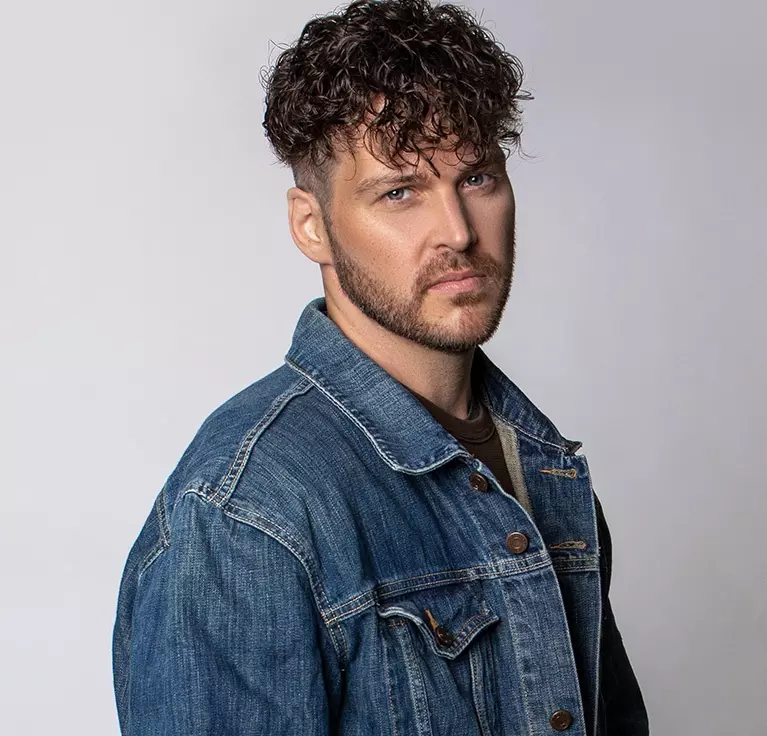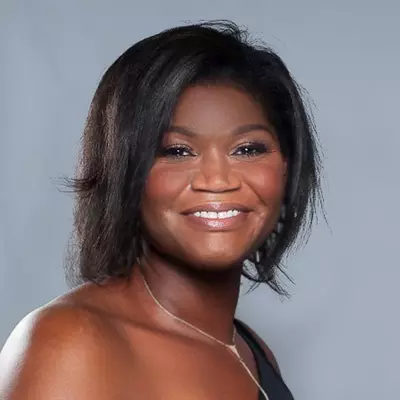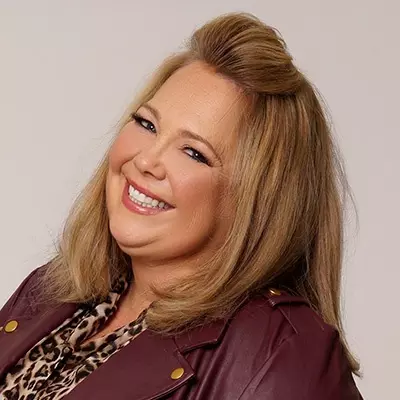Acne affects millions of people every day and it's one of the most commonly experienced conditions among people all over the world. We get pimples and acne on our faces as teens, but sometimes acne can be more than a teen-year affliction. Acne can be a problem for men and women of all ages, can be caused by a variety of factors, and can present itself on almost anywhere on the body. So why is acne developing on your scalp? And what can be done about it?
What Is Scalp Acne and Why Does It Happen?
Scalp acne is just as the name implies: pimples or acne on the scalp. And just like the pimples you may get on your face, scalp acne is common and the result of clogged pores. For some, scalp acne comes in the form a few pimples on the hairline. For others, scalp acne can be plentiful and painful. Men and women alike can experience scalp acne, at any age.
You can get a pimple or acne for a variety of reasons, and acne on the scalp is no different. Most generally, pimples happen when your pores, or hair follicles, get clogged. Pores on your scalp can become clogged with your naturally-occurring oil, dead skin cells, and bacteria. And since these things cannot exit from the pore, acne results.
While many mild forms of scalp acne are caused by dead skin or oil-moisture problems, more severe forms of acne can contain (and be caused by) bacteria. More serious types of acne and inflammation can contain a variety of bacteria, like mites, fungus, propionibacterium acnes, and staphylococcus epidermidis.
The pores or follicles on your scalp can become clogged for a multitude of reasons, but most often, it's a simple one. Here are a few reasons why build-up in your pores may easily happen:
- You're not washing hair frequently enough to keep it adequately clean
- There's buildup from shampoo, hairspray, or other hair products
- You're not washing your hair quickly enough after working, exercising, or sweating profusely
- You often wear hats or other headgear would cause friction on against your pores and scalp
- You have a skin condition, which creates drier, less-moisturized skin
- Changes in hormone levels, lifestyle habits, or nutrition
Types of Scalp Acne
Simple scalp acne is referred to as scalp folliculitis and typically causes small, itchy pimples along your hairline. Severe scalp acne, like acne necrotica and dissecting cellulitis can cause blackened scabs and scarring. Though scalp acne is most often seen and found along the hairline, it could be anywhere on your scalp. In fact, where your pimples are and how they feel can help determine the type and cause of your scalp acne.
Pimples on your scalp can be classified into the following groups:
- Mild: small pimples, typically along the hairline. Can include whiteheads and blackheads, and causes mild discomfort.
- Moderate: slightly larger pimples or bouts of acne on the scalp's surface. Can include papules, pustules, and may cause pain.
- Severe: often found under the skin's surface and typically causes the most pain. Can include cysts, nodules, and even infection.
Though not common, scalp acne can cause persistent pain, hair loss, scarring, or patches of baldness.
Diagnosing, Treating, and Preventing Acne On the Scalp
If you believe you have scalp acne, seeking help from a professional is your best option. A dermatologist can help determine if you have a condition or problem with your scalp, while hair restoration/treatment professionals can help get your hair back on the right track to healthiness. Seeking the advice of a trusted professional will help you determine the cause of your scalp acne and the best way to treat it.
Here are a few things you can do yourself to help scalp acne at home:
- Wash your scalp regularly with a shampoo that contains antifungal agents
- Use cortisone cream and antibiotic ointment as needed for inflammation, itchiness, and targeting bacteria
- Avoid oil-based products that would clog your pores
A medical professional can also help by recommending or prescribing topical antibiotics, steroid creams or injections, light therapy, and even physical extractions of the clogged pores. But once you've been able to put a name and cause to your scalp acne, you'll need to work hard to restore your scalp and keep it healthy. And today's innovative world provides you with an array of hair restoration options.
Hair restoration treatments can include both surgical and non-surgical methods for making your hair healthier. New human hair can be put in place of an unhealthy follicle, ensuring your hair grows in the healthiest environment possible. Other options allow for attaching new hair to the shaft instead, for fuller, thicker hair. Surgical options for people who have suffered the consequences of scalp include hair transplant procedures and platelet injections that help stimulate hair growth. Even extensions, toppers, and wigs can be used to cover sensitive areas while you are treating and correcting your scalp acne. But hair restoration specialists can also help prevent issues with your scalp and regrow healthy hair with laser hair growth therapy and topical thickening and regrowth treatments.
For more on scalp acne, how it happens, and how it can be treated, contact our trusted professionals at Mane Image Hair. We're here with all the knowledge and support you need to get the healthy hair, and scalp, of your dreams. Come in for your free consultation today!











